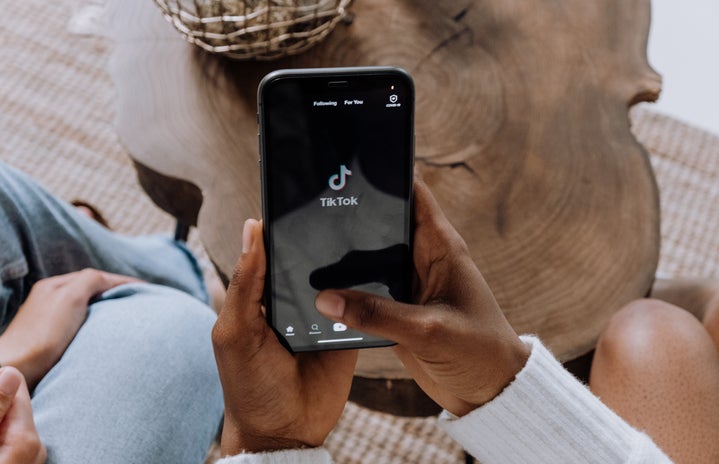“Storage space running out.”
Ugh, don’t you hate getting this notification? Unfortunately, despite our best efforts, our phone’s internal storage fills up so quickly, which then slows down its performance. The best way to tackle this issue is to make a constant habit of cleaning up unwanted files. Read on for a surefire regular routine to free up storage space in your phone.
-
Delete 15 unwanted images
Have you noticed that when you pull out your phone to snap a quick photo of a flower or your professor’s powerpoint slide, that that “quick photo” often ends up being more like five? On an episode of NPR’s LifeKit podcast dedicated to cleaning up your photos, consumer tech expert Kim Komando asserts that you should always delete duplicate images in your gallery and narrow them down to the best two.
-
Analyze your storage overview in Settings
Using your phone settings to take a bird’s eye view of the contents of your phone can often do what you can’t, including pinpointing what takes up the most storage, what apps you use the least, what files you haven’t touched, and more. For Android users, the settings app has a software called Device Care that scans your phone to optimize its memory and battery life and offers you a detailed analysis of what’s taking up storage space. Also, Apple iMessage and other messaging platforms store the attachments that you receive, and reviewing these in Settings can free up a good chunk of space.
-
Delete 5 unwanted contacts
If you, like me, amassed hundreds of contacts over the years who mostly turned out to be people you never ended up talking to again, then this step will likely be super easy for you. A good rule to follow is that if you haven’t talked to them in two or more years, delete their contact! And if you’re connected with them on social media, then why bother keeping their contact anyway?
-
Unfollow 3 accounts on IG/your social media of choice
This doesn’t take up actual storage space on your phone, but why not limit your social media feed to content and connections that bring you joy? First of all, if you’re not close to the person, go ahead and slam that unfollow button. (Or mute, if unfollowing would create awkward conversations.) Moreover, since Instagram’s algorithm tends to prioritize posts with more engagement, we often miss out on content from a good chunk of the accounts we follow. My rule is that if I’ve forgotten that I follow them, then to simply unfollow.
-
Delete 1 unwanted app
My rule is that if I haven’t used an app in five or more months and won’t need it at all in the future (as with apps for certain very specific situations, like travel passbook apps), then to just delete it. Don’t forget to scroll all the way to the end of your homescreen, where a lot of seldom-used apps can end up.
-
Leave 2 unused group chats
“How did I end up in so many random group chats?” you ask yourself as you scroll through your messages. Over time, such chats will have gone inactive, or, if it hasn’t, its content simply won’t pertain to you anymore (for instance, that chat you were in for a group project last quarter, or the group chat from the sports team you were on in high school). On top of that, depending on your phone type or the messaging platform you’re using, your conversations can take up a lot of space. To me, these are all compelling reasons to leave an unneeded chat.
-
Clear your cache
According to Learning Hub, cached files are small files automatically stored by your device or browser after the first time you use an app or visit a website. From there, these files are used to improve your user experience. They usually don’t take up much space on their own, but can really stack up in your phone storage after awhile. Moreover, since the data can be re-cached every time you open the app or website, it isn’t super necessary in the grand scheme of things.
-
Invest in external storage
However, if you’ve tried all these tips and STILL have too much in your storage, try moving some of your files to an external storage source, whether that be your computer, an SD card for your phone, or even an extra hard drive. Additionally, many cloud sites offer free storage space (for instance, Google Drive gives Gmail users 15GB of free file storage).
Happy deleting, and enjoy all that free storage space!


